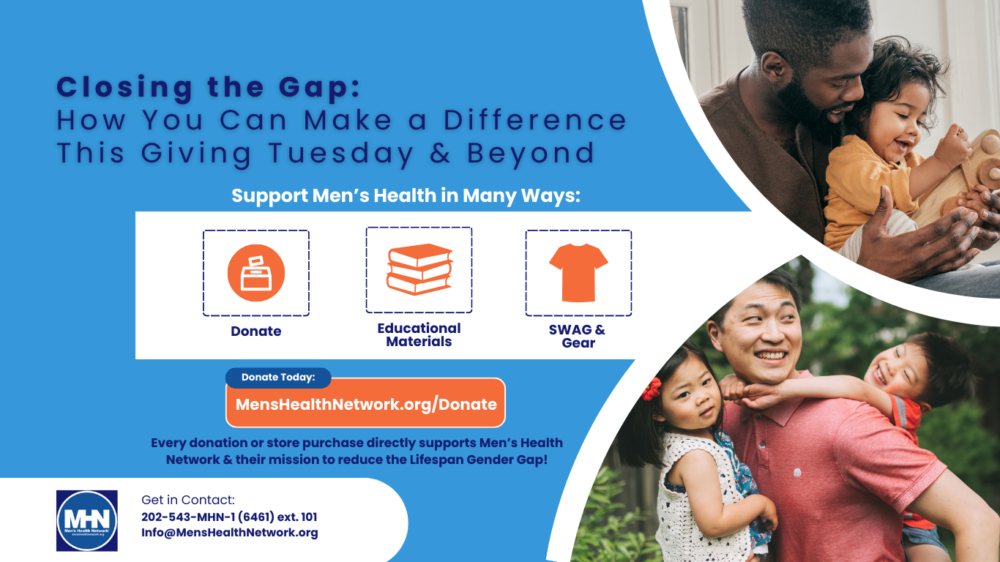Effective April 1, reduced funding for cancer treatment makes it almost impossible for Medicare patients to receive expensive chemotherapy drugs, says oncologists around the country. Thousands of Medicare patients are already being turned away from cancer clinics and some say the sequester budget cut is to blame. Patients at these clinics would need to seek treatment elsewhere, possibly at hospitals that are unable to accommodate them.
Medicare Part D usually covers medications for the elderly. But because cancer drugs must be administered by a physician, they are among a handful of pharmaceuticals paid for by Part B, which covers doctor visits and is subject to the sequester cut.
The federal government typically pays community oncologists for the average sales price of a chemotherapy drug, plus 6 percent to cover the cost of storing and administering the medication.
Since oncologists cannot change the drug prices, they argue that the entire 2 percent cut will have to come out of that 6 percent overhead. That would make it more akin to a double-digit pay cut.
One study from actuarial firm Milliman found that chemotherapy delivered in a hospital setting costs the federal government an average of $6,500 more annually than care delivered in a community clinic. The cost eventually trickles down to patients, who are responsible for picking up a certain amount of the medical bills. Milliman found that Medicare patients ended up with an average of $650 more in out-of-pocket costs when they were seen only in a hospital setting.
There is no easy solution to the problem, but the goal is to prepare hospitals for this and hopefully oncology practices will be successful at renegotiating the new changes.

